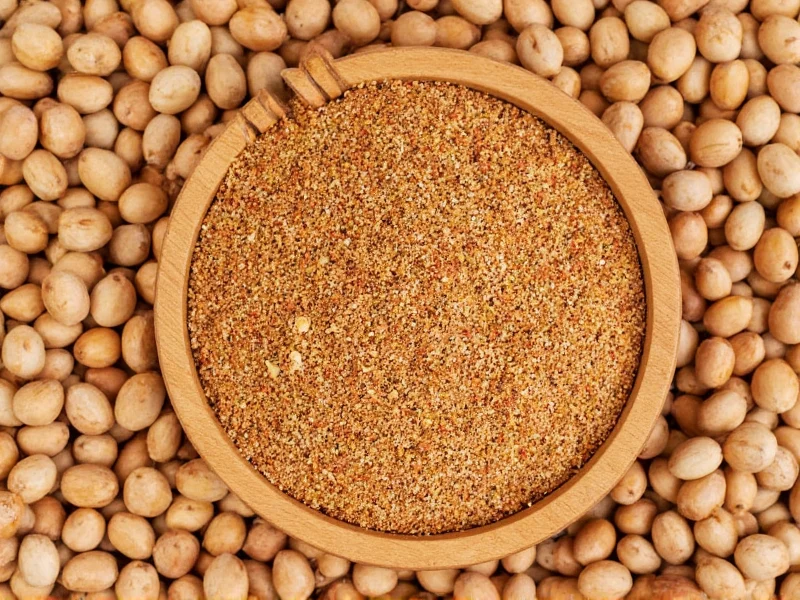Mastering Pinto Bean Seasoning: Flavor Fundamentals
Creating perfectly seasoned pinto beans requires understanding their earthy, slightly nutty flavor profile. Unlike more delicate beans, pintos absorb seasonings exceptionally well but need proper technique to avoid bland or overpowering results. This guide reveals the essential components and methods professional chefs use to achieve consistently delicious seasoned pinto beans.
Essential Seasoning Components
The foundation of any authentic pinto bean seasoning recipe contains these non-negotiable elements:
- Aromatics: Onion, garlic, and celery form the flavor base (sofrito)
- Core spices: Cumin provides earthiness, while smoked paprika adds depth
- Herbal notes: Epazote (traditional) or oregano (accessible alternative)
- Acid component: Lime juice or vinegar added at the end
- Umami boosters: Bay leaves or a strip of kombu during cooking
Regional Seasoning Variations
Different culinary traditions approach pinto bean flavor pairing uniquely. Understanding these regional differences helps you create authentic dishes:
| Region | Signature Ingredients | Distinctive Technique |
|---|---|---|
| Mexican | Epazote, dried chilies, avocado leaves | Whole spices toasted before grinding |
| Southwestern US | Chipotle powder, bacon, fire-roasted tomatoes | Smoked meat added during simmering |
| Tex-Mex | Cumin-heavy, beer or broth instead of water | "Manteca" (pork fat) for richness |
Step-by-Step Seasoning Process
Follow this professional method for how to season pinto beans properly:
- Sauté aromatics first: Cook onions and garlic in oil until translucent (never burnt)
- Add dry spices off heat: Stir spices into aromatics for 30 seconds to bloom flavors
- Incorporate beans and liquid: Use broth instead of water for enhanced flavor
- Season gradually: Add salt in stages (¼ tsp per pound of beans) during cooking
- Finish with acid: Stir in lime juice or vinegar just before serving
Avoiding Common Seasoning Mistakes
Even experienced cooks make these errors when preparing easy pinto bean seasoning mix:
- Adding salt too early: Causes beans to toughen; add ⅓ at beginning, ⅓ at midpoint, final ⅓ near end
- Overpowering with cumin: Use ½ tsp per pound maximum for balanced flavor
- Skipping acid: Essential for brightening earthy bean flavors
- Using stale spices: Replace ground spices every 6 months for optimal flavor
- Insufficient cooking time: Beans need 1-2 hours simmering for flavors to penetrate
Flavor Pairing Guide
Complement your pinto bean spice combination with these pairings:
- Proteins: Chorizo, smoked turkey, or roasted mushrooms for vegetarian options
- Vegetables: Bell peppers, tomatoes, or roasted sweet potatoes
- Grains: Serve over cilantro-lime rice or alongside cornbread
- Toppings: Fresh avocado, queso fresco, or pickled red onions
Storage and Reheating Tips
Proper storage maintains your traditional pinto bean spice blend integrity:
- Cool completely before refrigerating (within 2 hours of cooking)
- Store in airtight containers for up to 5 days
- Freeze in portion-sized containers for up to 3 months
- Reheat gently with additional liquid to restore texture
- Refresh flavors with a splash of vinegar or fresh herbs when reheating
Frequently Asked Questions
Can I use dried herbs instead of fresh in pinto bean seasoning?
Yes, but adjust quantities—use ⅓ the amount of dried herbs compared to fresh. Dried oregano and epazote work well, but add dried herbs early in cooking while fresh cilantro should be stirred in at the end for maximum flavor impact.
How much seasoning should I use per pound of pinto beans?
For optimal best seasoning for pinto beans, use 1½ teaspoons total spice blend per pound of dried beans (or 2 cups cooked beans). This includes ½ tsp cumin, ¼ tsp garlic powder, ¼ tsp onion powder, ¼ tsp smoked paprika, and ⅛ tsp each of oregano and black pepper. Adjust salt separately based on taste preferences.
What's the difference between pinto bean seasoning and refried bean seasoning?
Pinto bean seasoning focuses on enhancing whole beans with balanced spices, while refried bean seasoning typically includes more cumin and garlic to compensate for the cooking process. Refried versions often contain additional lard or oil in the seasoning mix, and the spices are incorporated during the mashing process for deeper flavor integration.
Can I make pinto bean seasoning without cumin?
Yes, though cumin is traditional. Substitute with coriander (½ amount) plus a pinch of allspice for earthiness. For Southwestern flavor, increase smoked paprika slightly. Remember that pinto bean flavor pairing relies on spice balance, so adjust other components proportionally when omitting cumin.
How do I fix over-seasoned pinto beans?
For over-salted beans, add peeled potato chunks and simmer for 15 minutes (remove before serving). For overpowering spices, dilute with additional beans and liquid, then rebalance with acid. Never add more salt—instead, enhance other flavors with fresh lime juice or a touch of honey to counterbalance excessive seasoning in your homemade pinto bean spice combination.











 浙公网安备
33010002000092号
浙公网安备
33010002000092号 浙B2-20120091-4
浙B2-20120091-4